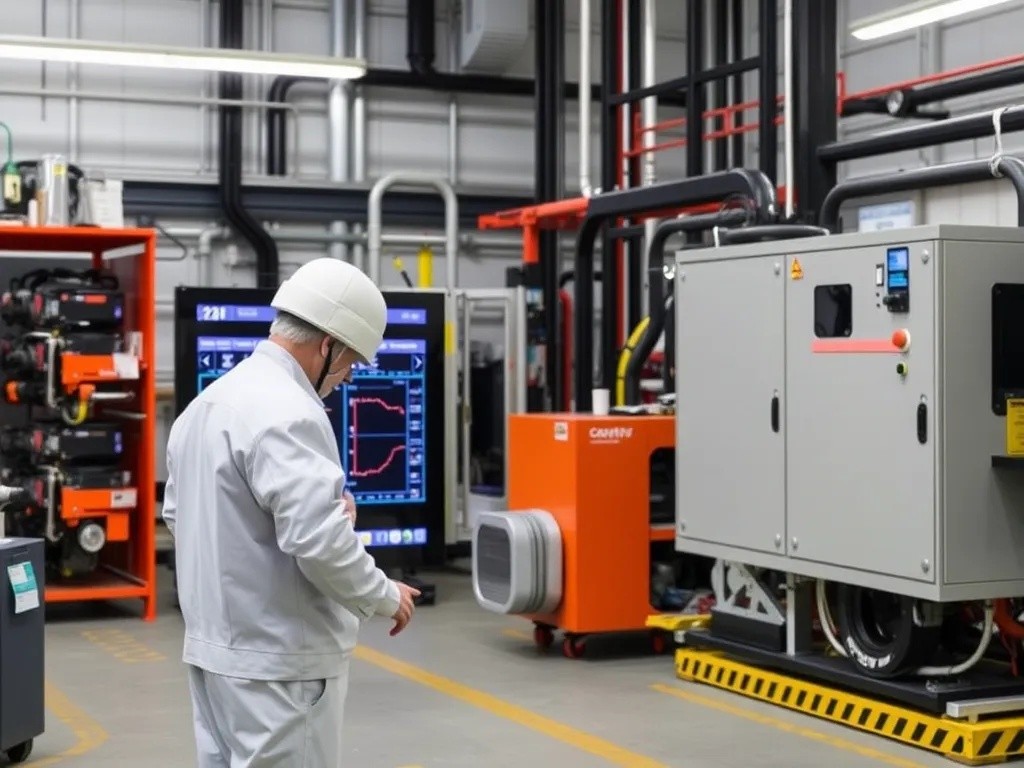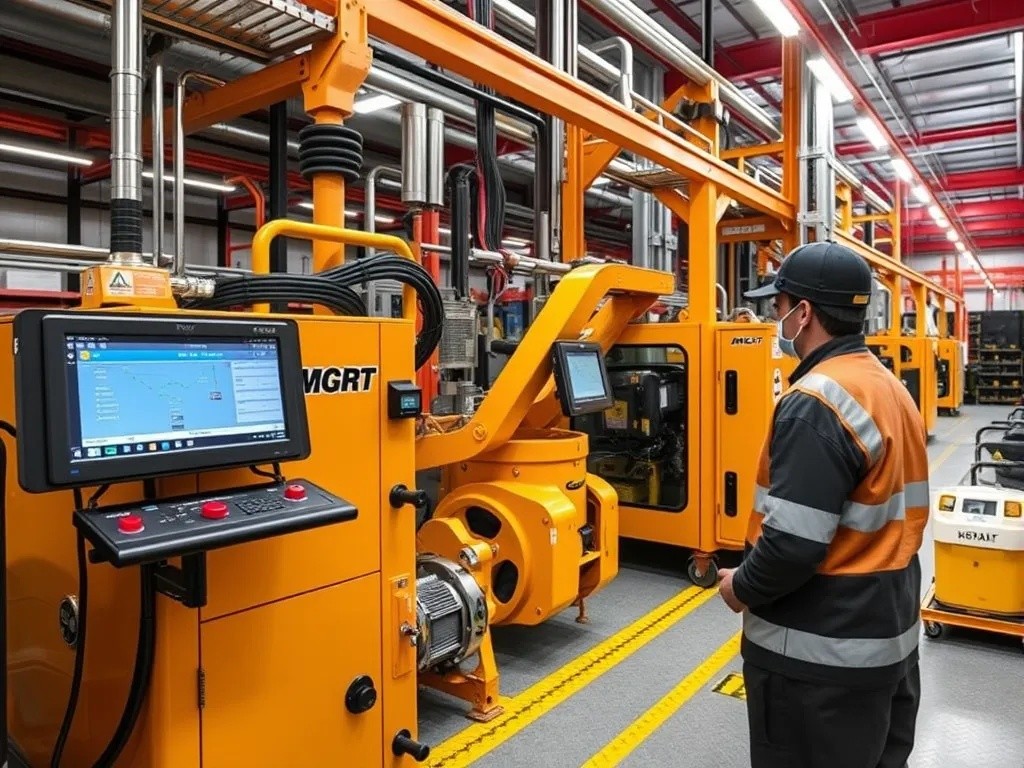In recent years, there has been a significant advancement in the field of Artificial Intelligence (AI) and Augmented Reality (AR). These technologies have become increasingly popular and have the potential to enhance virtual experiences in various fields such as gaming, education, healthcare, and...
Smart System Predicts Equipment Breakdowns Before They Happen

Industrial equipment failures can cost companies millions in lost productivity, emergency repairs, and safety incidents. However, a revolutionary approach is transforming maintenance strategies across industries: predictive maintenance systems powered by artificial intelligence and IoT sensors are now capable of forecasting equipment breakdowns days or even weeks before they occur.
How Predictive Maintenance Works
Modern predictive maintenance systems combine multiple technologies to create a comprehensive monitoring solution. At their core, these systems rely on continuous data collection from various sensors installed throughout industrial equipment.
Key Components of Smart Monitoring Systems
- Vibration sensors - Detect unusual movement patterns that indicate bearing wear or mechanical imbalances
- Temperature monitors - Track heat signatures that often precede component failures
- Acoustic sensors - Listen for abnormal sounds that suggest developing problems
- Oil analysis tools - Monitor lubricant quality and contamination levels
- Electrical current sensors - Measure power consumption patterns and electrical anomalies
The Role of Machine Learning
The true power of predictive maintenance lies in its ability to analyze vast amounts of sensor data using machine learning algorithms. These systems learn from historical patterns, identifying subtle changes that human operators might miss.
Advanced Analytics Capabilities
Machine learning models process real-time data streams to identify deviation patterns from normal operating conditions. The algorithms become increasingly accurate over time as they analyze more data, creating detailed baseline profiles for each piece of equipment. When anomalies are detected, the system calculates the probability of failure and estimates the remaining useful life of components.
These intelligent systems can distinguish between normal operational variations and genuine warning signs of impending failures. For example, a slight increase in vibration during peak production hours might be normal, while the same vibration increase during low-load periods could indicate a developing problem.

Industry Applications and Success Stories
Predictive maintenance has proven successful across numerous sectors, delivering measurable improvements in operational efficiency and cost reduction.
Manufacturing Sector
Automotive manufacturers have reported up to 30% reduction in unplanned downtime after implementing predictive maintenance systems. Production lines equipped with smart monitoring can detect issues with conveyor systems, robotic arms, and assembly equipment before catastrophic failures occur.
Energy and Utilities
Power generation facilities use predictive analytics to monitor turbines, generators, and transmission equipment. Wind farms have achieved significant improvements in turbine availability by predicting gearbox failures and planning maintenance during low-wind periods.
Transportation Industry
Airlines employ predictive maintenance to monitor aircraft engines, reducing flight delays and improving passenger safety. Railway operators use similar systems to track wheel wear, brake performance, and track conditions.
Benefits and Cost Savings
The implementation of predictive maintenance systems delivers substantial benefits across multiple dimensions:
- Reduced downtime - Planned maintenance during scheduled breaks prevents unexpected equipment failures
- Lower maintenance costs - Targeted repairs and component replacements eliminate unnecessary maintenance activities
- Extended equipment life - Optimal maintenance timing maximizes asset utilization and longevity
- Improved safety - Early detection of potential hazards prevents accidents and ensures worker safety
- Inventory optimization - Accurate failure predictions enable better spare parts management
Future Developments
The next generation of predictive maintenance systems will incorporate even more sophisticated technologies. Digital twins—virtual replicas of physical equipment—will enable more precise simulations and predictions. Integration with augmented reality will provide maintenance technicians with real-time guidance and visual overlays during repairs.
Edge computing capabilities will allow for faster local processing, reducing latency and improving response times for critical alerts. As 5G networks become more widespread, remote monitoring of equipment in previously inaccessible locations will become feasible.
Conclusion
Smart predictive maintenance systems represent a fundamental shift from reactive to proactive equipment management. By harnessing the power of IoT sensors, machine learning, and advanced analytics, organizations can transform their maintenance operations, reduce costs, and improve reliability. As these technologies continue to evolve, the ability to predict and prevent equipment failures will become even more precise, making predictive maintenance an essential component of modern industrial operations.



